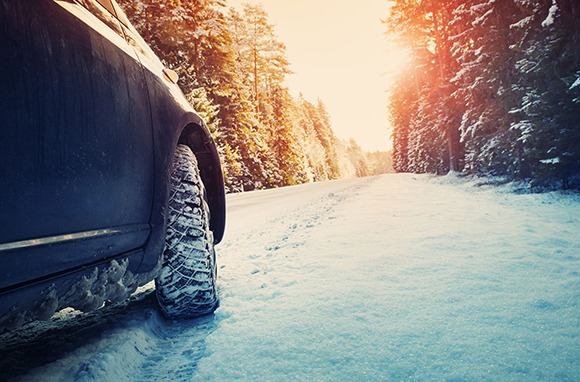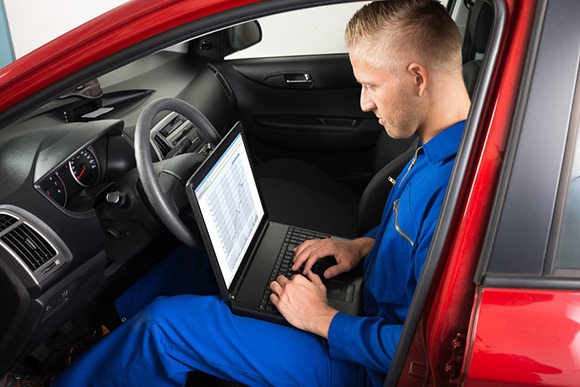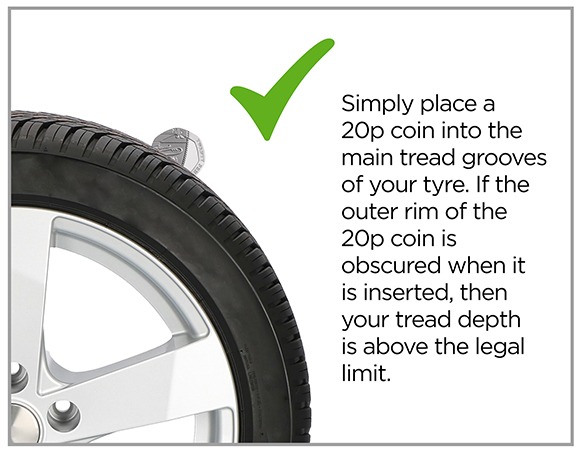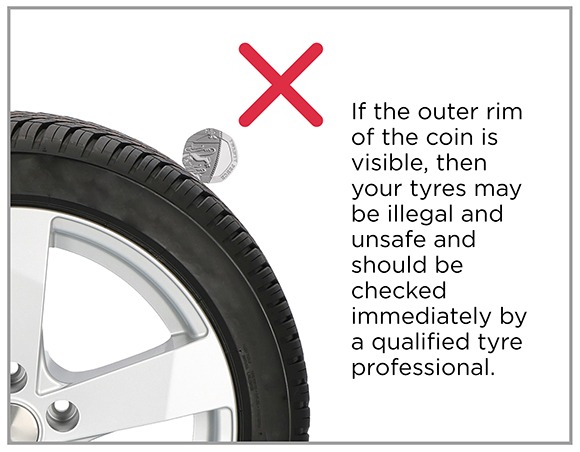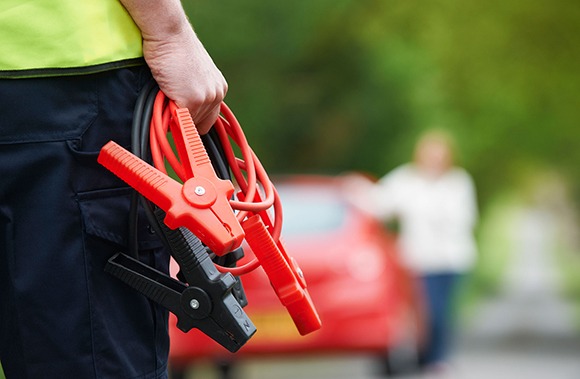- Editorial Team
The winter season is upon us, which means colder weather and darker nights. Driving during colder months can be challenging, particularly for a young or inexperienced driver. The colder weather means difficult road conditions and an increase in vehicle breakdowns.
Your vehicle needs extra attention this time of year to reduce the risk of a breakdown. You should always carry out some basic checks during the winter to reduce the risk of your vehicle breaking down.
But don’t worry, we’ve put together a guide to help you out, so as the weather worsens, you’ll be well prepared.
Get your car serviced
To keep your vehicle in the best possible condition, it should be serviced regularly, especially before winter arrives. Battery failure is the most common cause of breakdowns around the UK. A winter service will identify any potential issues with your vehicle and reduce the risk of you getting stranded on the road.
A basic service can cost around £100, but it always helps to shop around. However, this doesn’t include the cost of any repairs, replacements or new parts, so you will also need to factor this in.
Free winter check
If money is tight, you can also take advantage of the free winter checks that some garages offer. These checks could potentially save you money and more importantly, keep you safe on the road. There are several things that a technician will look at when carrying out a winter check, including your:
- Tyres
- Battery
- Lights
- Oil and filters
- Windscreen wipers
Top up engine coolant with antifreeze
Check the level of coolant in the engine and if necessary, top up with a 50-50 mix of water and antifreeze solution.
The antifreeze stops the water in your engine’s cooling system from freezing in low temperatures. If the water freezes, it will expand and cause significant damage to your engine. Antifreeze also helps prevent scale build and corrosion inside the pipes.
Check your battery
A flat battery is a common cause of a vehicle failing to start. The colder temperatures make it harder for your battery to provide power. Don’t wait for your battery to fail, if it’s more than 3 years old, it’s best to replace it with a new one.
Ensure the battery terminals are tight and free from corrosion. The use of your car stereo, heaters and other car features may increase the strain on your battery, so try to use these as little as possible during the winter.
Also, try to keep your battery warm where possible. Park your car in a garage if you have one, or in a sheltered spot. You could also consider purchasing a car cover.
Check your headlights
It is important to always keep headlights clean and clear, as will make driving in dark conditions easier and safer. Dirty headlights don’t pass as much light which can make it harder for other road users to see you.
If your lights are starting to look a bit foggy, you can use a cloth and clean water to remove any excess dirt or mud.
You can also apply toothpaste to polish the plastic outer covers. Toothpaste contains a mild abrasive that buffs out the surface, which will make your headlights clearer.
If you prefer, you could buy a cleaning kit instead, which will provide with all the necessary tools for a more consistent finish. You can pick up a cleaning kit for around £25.
Keep your windscreen and windows clean
Wet roads, dirt, spray and the lower winter sun, can hinder your visibility, so it is essential to keep your windscreen clean inside and out. Use high-quality screenwash and ensure your levels are topped up. Windscreen damage is more common in winter, so ensure you get any cracks or chips repaired as soon as possible, to avoid further damage.
It also helps to clean your vehicle thoroughly, at least once a week, to ensure better all-round visibility.
Check your wiper blades
If your wiper blades begin to smear or leave streaks of water across the windscreen, judder or squeak while in use, they’ll usually need replacing. To help avoid smears and streaks, clean your wiper blades by wiping them down with warm, soapy water.
Also, check the condition of your wiper blades and replace if necessary. Run your fingertips along the edge of the rubber blade checking for nicks and tears.
Make sure your tyres are ready for winter
Your tyres are vital for safe driving. Without adequate tread depth, you may find that your vehicle isn’t gripping the road as well in wet conditions, or that it takes longer to brake. So, checking your tyres tread depth and air pressures at least once a month is essential, to ensure that you remain safe on the roads.
What is the legal tyre tread depth?
The minimum legal tyre tread depth for cars is 1.6mm across the central three quarters of the tyre. The tread must meet the minimum requirement across its entire circumference.
However, we suggest that you replace your tyres once the tread is below 3mm.
The 20p test
Inserting a 20p coin into the main tyre groove is a quick and easy way to check your tyre depth. If you can’t see the outer band of the coin, your tyres are above the legal limit. However, if you can see part of the rim of the coin, then your tyres could be unsafe.
What is the penalty for having bald tyres?
You could be hit with a fine of up to £2,500 for each bold or defective tyre, and three penalty points.
Tyre tips
- Check the tread on your tyres at least every couple of weeks or before a long journey.
- You could also change to winter tyres, which will provide better grip in snow and ice.
Your journey
It’s better to be safe than sorry, so consider if it’s necessary to travel in adverse weather conditions. If you do need to travel, allow plenty of time for journeys and plan your route beforehand. The challenging road conditions can lead to slower traffic. Also, check you have plenty of fuel and keep at least a quarter of a tank in case of any road delays.
Drive more slowly and leave more space between you and the vehicle in front. Also, bear in mind that potholes are more common in the winter. Hitting a small pothole can cause damage to your vehicle, so take it slow and avoid unnecessary braking.
Prepare an emergency kit
Finally, always carry an emergency kit which includes:
- Jump leads
- Coolant
- Food and water
- First-aid kit
- Shovel
- Spare set of warm clothes
- Blanket
- Scraper and de-icer
- Tool kit
- Tyre pressure gauge
Share this article
Table of Contents
More posts

Can You Take Your Driving Test In Your Own Car | A Choice
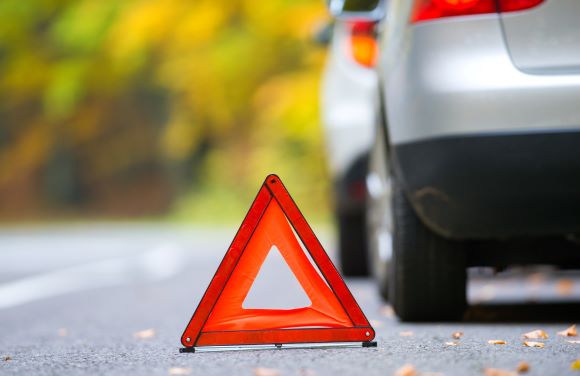
What To Do After A Car Accident | A Choice

L Plates: What You Need To Know Before You Drive | A Choice

